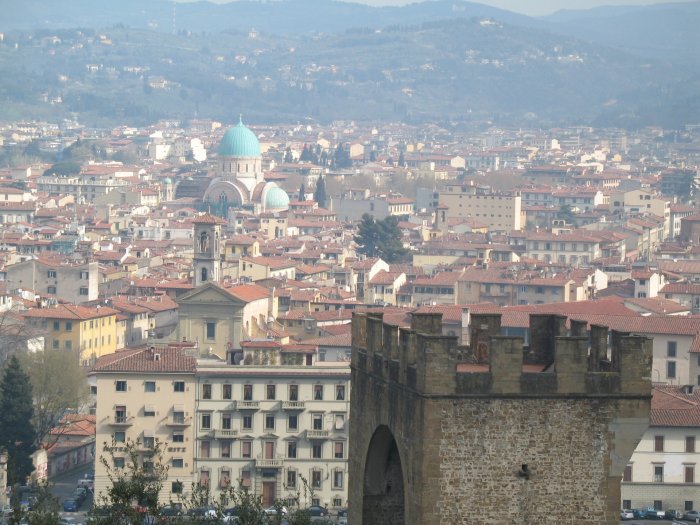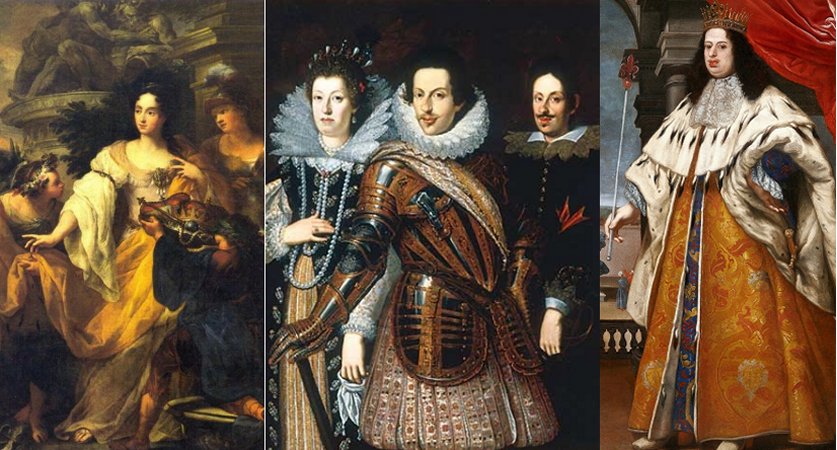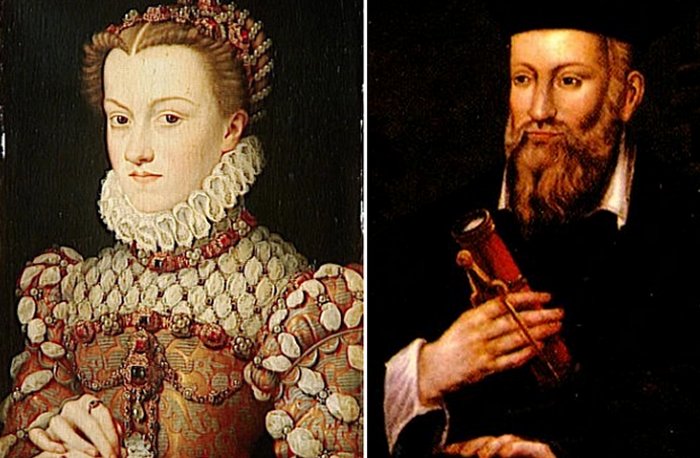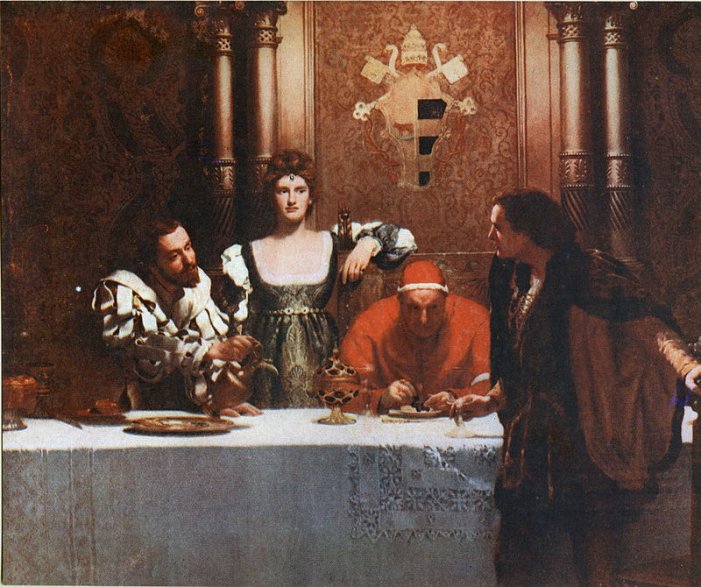Feud Between The Medici And The Borgia Families – What Caused The Renaissance Clash?
Ellen Lloyd - AncientPages.com - Whether in ancient or modern times, family feuds have always occurred, and sometimes, a small incident can ignite a fight that will last for generations.
The rivalry between the Medici and Borgia, two of the most powerful families of Renaissance Italy, was an interesting chapter in European history.
Florence, Italy. Credit: Public Domain
These two families were enemies, but what caused the feud, and why did the House of Medici and the House of Borgia hate each other? Did they really have such strong and negative feelings about one another? Could some historical events have been exaggerated?
Being described as one of history's most infamous families, the House of Borgia had a long list of enemies and constantly came into conflict with powerful people. It didn’t seem to bother them much because getting into trouble was almost a daily routine to them.
The Medici family were no saints either. They, too, had their share of enemies. The House of Medici didn’t like to be questioned, and if someone stood in their way, Medici's family members didn’t hesitate to deal with the “obstacle” in their own way.
Nevertheless, the reason for the strained relationship between the Medici and the Borgia is still discussed today.
The Medici And The Borgia – Two Similar And Yet Entirely Different Families
There were many similarities between the House of Medici and the House of Borgia. Both families were powerful and played an important role in Renaissance Italy.
What was different about the Medici and the Borgia was how they rose to power, how they acquired their wealth, and where they originally came from.
Left: Anna Maria Luisa de' Medici, the last of the Grand Ducal line, in Minerva, Merkur und Plutus huldigen der Kurfürstin Anna Maria Luisa de' Medici (English: Minerva, Mercury and Pluto pay homage to the Electress Anna Maria Luisa de' Medici) after Antonio Bellucci, 1706- Credit: Public Domain
Middle: The Grand Duchess Maria Maddalena, The Grand Duke Cosimo II, and their elder son, the future Ferdinando II. Credit: Public Domain Right: Cosimo III, the Medicean grand duke, in Grand Ducal regalia. Credit: Public Domain
The Medici family were like Renaissance Godfathers, and once their founder Cosimo de' Medici came to Florence, they quickly rose to political power.
Unlike the Borgia, who originally came from Spain, the Medici were pure Italian people. They used every opportunity to gain more wealth and influence. Being good businessmen, they knew how to divide their money into different investments. The Medici Bank was founded in 1397 and was one of Europe's most prosperous and respected institutions. For some time, the Medici was considered the wealthiest family in Europe.
The start for the Borgia family was not an easy one. They came to Florence as immigrants from Aragon, Spain, but didn’t waste much time. They pursued Papal support and authority in their new home country. Whether they were cunning or just clever is a matter of opinion, but the House of Borgia acquired a large fortune very quickly.
The Medici family were great supporters of the arts, paid their taxes, and built magnificent buildings. They followed Italian customs and spent much of their money on charitable activities. This doesn’t mean that they were not corrupt. The Medici family was exiled briefly and had to leave Florence.
“On November 17, Charles VIII entered Florence in triumph, to the wild cheers of the fickle populace, for whom the arrival of the French army had been the catalyst that had enabled the expulsion of the detested Piero de’ Medici, who had arrogantly exercised his authority in the city since the death of his father, Lorenzo il Magnifico, two years earlier,” Christopher Hibbert writes in the book The Borgias and Their Enemies: 1431-1519.
Catherine de Medici (left) believed in prophecies and supported Nostradamus (right). Both images credit: Public Domain - Read more
The Borgia family were also patrons of arts and contributed to the Renaissance, but they were not especially eager to share their wealth. In fact, much of their fortune was acquired at the expense of the Italian people. This made them very unpopular among Italians.
Both families had an interest in the Church, and the Medici produced four Popes Pope Leo X (1513–1521), Pope Clement VII (1523–1534), Pope Pius IV (1559–1565), and Pope Leo XI (1605). In addition to this, the Medici family could also boast of having two queens, Catherine de Medici (1547–1559) and Marie de Medici (1600–1610)
The Borgia family managed to get two of its members elected as Pope –Pope Callixtus III 1455–1458 and Pope Alexander VI (1492-1503).
The Feud Between The House Of Medici And The House Of Borgia
Feuds are usually battled over money, power, social position, prestige, and royal placement.
Of course, all these factors contributed to the clash between the Medici and the Borgia, who were grasping for power.
Painting by John Collier, "A glass of wine with Caesar Borgia", from left: Cesare Borgia, Lucrezia, Pope Alexander, and a young man holding an empty glass. The painting represents the popular view of the treacherous nature of the Borgias - the implication being that the young man cannot be sure that the wine is not poisoned. Credit: Public Domain
When Borgia’s Alexander VI was elected as a Pope, Cardinals who knew him were unhappy that he would lead the Roman Catholic people. It was especially during the reign of Pope Alexander VI that the House of Borgia was suspected of many crimes, including adultery, incest, theft, bribery, and murder.
Giuliano della Rovere was among the few Cardinals Pope Alexander VI couldn’t bribe. In the book The Borgias: Three Faces of Evil, author Andrew Alexander writes that Giuliano della Rovere “would become Alexander’s chief adversary and a thorn in Alexander’s side for his entire pontificate.
Additionally, Cardinal Giovanni di Lorenzo de Medici, later Pope Leo X, also had concerns. He was reported as pronouncing: "Now we are in the power of a wolf, the most rapacious perhaps that this world has ever seen. And if we do not flee, he will inevitably devour us all."
Money was one of the main reasons the Medici and the Borgia became enemies. During one period, the Medici Bank experienced difficulties maintaining a high reserve balance. The House of Medici had problems getting Italian people to repay their debt. When Pope Alexander VI needed money, the Medici Bank could not offer him the requested amount he wished. Another reason for the tension between these two families was the fact that the Borgia originated from Spain and the Medici were Italians.
Eager to gain more power, the House of Borgia also made enemies of the Sforza and the Dominican friar Savonarola, among others.
The House of Borgia was not meant to last. In the early 16th century, the Borgia family lost power and influence in Italy. The House of the Medici continued to prosper and survived for centuries.
In the middle of this Renaissance feud between two money-hungry families, ordinary people tried to figure out whether they should listen to the Church, the philosophers or form an opinion of their own.
Florence flourished, and today, it’s easy to understand why this beautiful city was so interesting in those years. There was something special about the Renaissance, a time that marked Europe for many years to come.
Updated on November 30, 2023
Written by Ellen Lloyd – AncientPages.com
Copyright © AncientPages.com All rights reserved. This material may not be published, broadcast, rewritten or redistributed in whole or part without the express written permission of AncientPages.com
Expand for referencesMore From Ancient Pages
-
 300 BC Mummy Shroud Fragment In NZ Finds Match In US
Archaeology | Jul 18, 2021
300 BC Mummy Shroud Fragment In NZ Finds Match In US
Archaeology | Jul 18, 2021 -
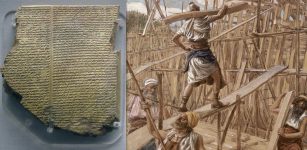 Hidden Double Message Discovered On Ancient Clay Tablet Gives A Disturbing Account Of The Great Flood
Archaeology | Dec 5, 2019
Hidden Double Message Discovered On Ancient Clay Tablet Gives A Disturbing Account Of The Great Flood
Archaeology | Dec 5, 2019 -
 Huge Ancient Sarayini Underground City Is Twice As Large As Previously Thought
Archaeology | Aug 22, 2023
Huge Ancient Sarayini Underground City Is Twice As Large As Previously Thought
Archaeology | Aug 22, 2023 -
 Was Organized Society A Disruptive Or Calming Force In Ancient Andes Populations?
Archaeology | Oct 24, 2024
Was Organized Society A Disruptive Or Calming Force In Ancient Andes Populations?
Archaeology | Oct 24, 2024 -
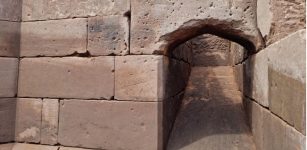 Unexpected Archaeological Discovery May Re-Write English Civil War History
Archaeology | Feb 3, 2023
Unexpected Archaeological Discovery May Re-Write English Civil War History
Archaeology | Feb 3, 2023 -
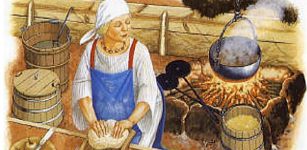 Cooking Gear Found In Graves Of Viking Men And Women
Archaeology | Jun 27, 2019
Cooking Gear Found In Graves Of Viking Men And Women
Archaeology | Jun 27, 2019 -
 Mysterious Ancient Remains Of The Lady In The Well – An Archaeological Detective Story
Archaeology | Sep 11, 2020
Mysterious Ancient Remains Of The Lady In The Well – An Archaeological Detective Story
Archaeology | Sep 11, 2020 -
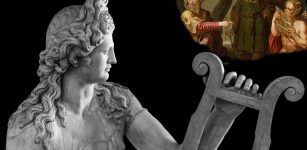 Apollo Punished Rivals For Their Extraordinary Musical Skills
Featured Stories | Apr 19, 2022
Apollo Punished Rivals For Their Extraordinary Musical Skills
Featured Stories | Apr 19, 2022 -
 Graeae: Three Sisters Of Fate Who Shared One Eye And Tooth In Greek Mythology
Featured Stories | Jun 8, 2016
Graeae: Three Sisters Of Fate Who Shared One Eye And Tooth In Greek Mythology
Featured Stories | Jun 8, 2016 -
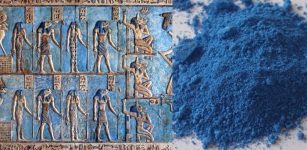 Egyptian Blue: World’s Oldest Artificial Pigment
Ancient History Facts | Feb 6, 2016
Egyptian Blue: World’s Oldest Artificial Pigment
Ancient History Facts | Feb 6, 2016 -
 New Study Challenges Theories Of Earlier Human Arrival In Americas – Archaeological Evidence Has Been Misinterpreted – Scientists Say
Archaeology | Apr 21, 2022
New Study Challenges Theories Of Earlier Human Arrival In Americas – Archaeological Evidence Has Been Misinterpreted – Scientists Say
Archaeology | Apr 21, 2022 -
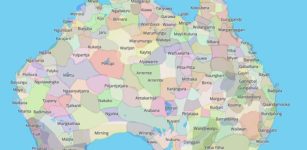 Find Out Which Indigenous Lands You Live On With This Interactive Map Covering The Whole World
Places | Jan 17, 2023
Find Out Which Indigenous Lands You Live On With This Interactive Map Covering The Whole World
Places | Jan 17, 2023 -
 African Kingdom Of Axum – Ancient Ruins Of Early Churches Unearthed
Archaeology | Dec 9, 2022
African Kingdom Of Axum – Ancient Ruins Of Early Churches Unearthed
Archaeology | Dec 9, 2022 -
 Ancient Giant Amphibians Swam Like Crocodiles 250 Million Years Ago – New Study
Archaeology | Mar 31, 2023
Ancient Giant Amphibians Swam Like Crocodiles 250 Million Years Ago – New Study
Archaeology | Mar 31, 2023 -
 Incredible Shipwreck With Fascinating Cargo Found 1,200 Years After Sinking In Holy Land
Archaeology | Sep 22, 2022
Incredible Shipwreck With Fascinating Cargo Found 1,200 Years After Sinking In Holy Land
Archaeology | Sep 22, 2022 -
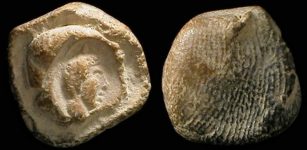 Fascinating Ancient History Of Fingerprints
Featured Stories | Jul 7, 2022
Fascinating Ancient History Of Fingerprints
Featured Stories | Jul 7, 2022 -
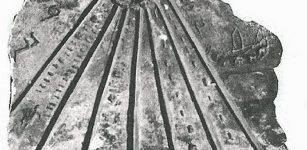 Controversial Davenport And Pontotoc Stele Reveal Ancient Egyptians And Black Africans Visited North America
Civilizations | Jun 27, 2014
Controversial Davenport And Pontotoc Stele Reveal Ancient Egyptians And Black Africans Visited North America
Civilizations | Jun 27, 2014 -
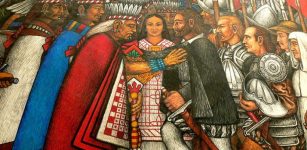 La Malinche – Greatest Traitor Or A Victim Of Hideous Circumstances?
Featured Stories | Jun 16, 2020
La Malinche – Greatest Traitor Or A Victim Of Hideous Circumstances?
Featured Stories | Jun 16, 2020 -
 Old Book Mysteriously Controlling The Minds Of Thousands Was Banned – But What Or Who Caused This Chilling Phenomenon?
Featured Stories | Nov 5, 2024
Old Book Mysteriously Controlling The Minds Of Thousands Was Banned – But What Or Who Caused This Chilling Phenomenon?
Featured Stories | Nov 5, 2024 -
 X-Rays Reveal Secret From Da Vinci’s Masterpiece Mona Lisa
News | Oct 14, 2023
X-Rays Reveal Secret From Da Vinci’s Masterpiece Mona Lisa
News | Oct 14, 2023

